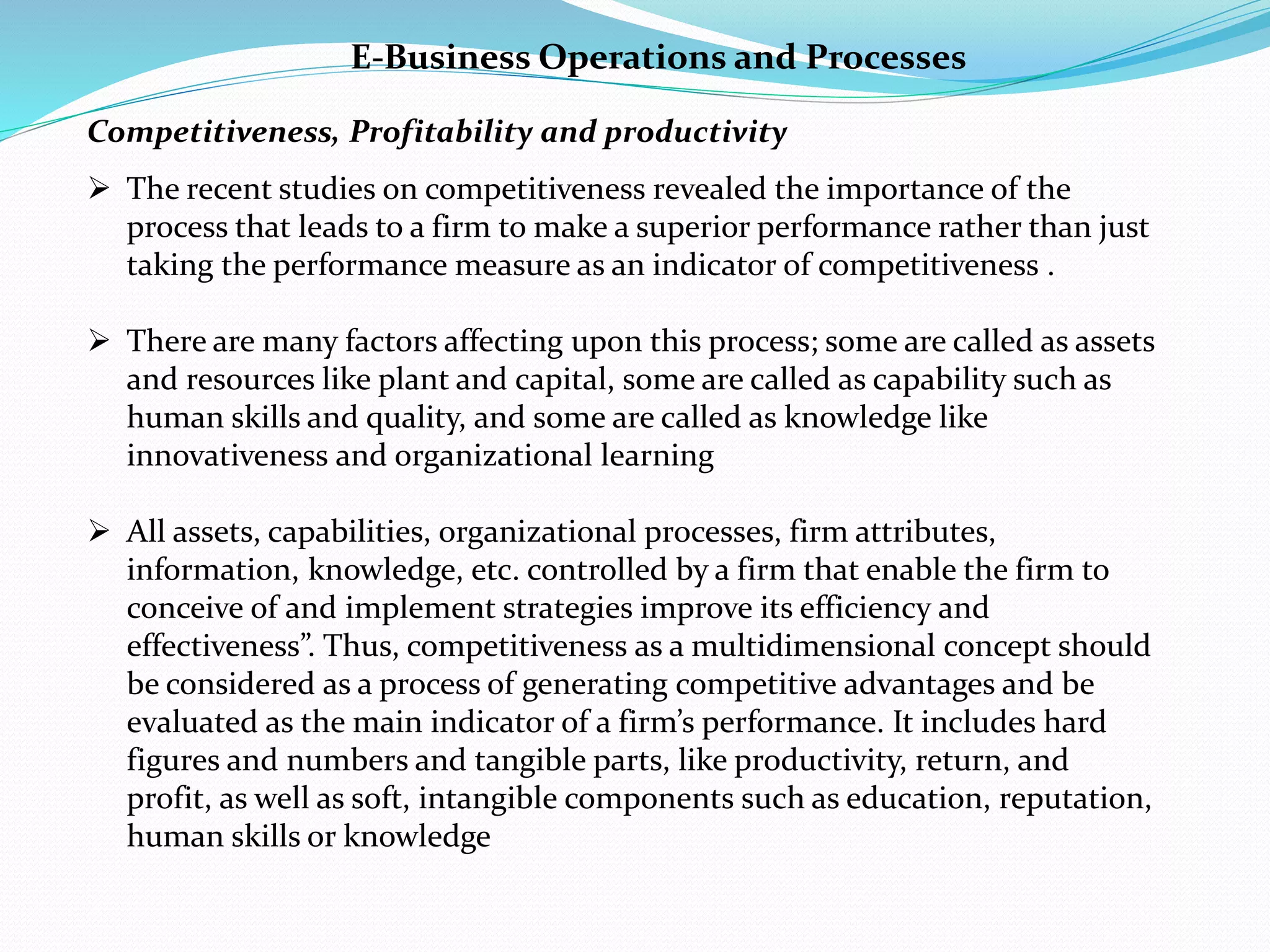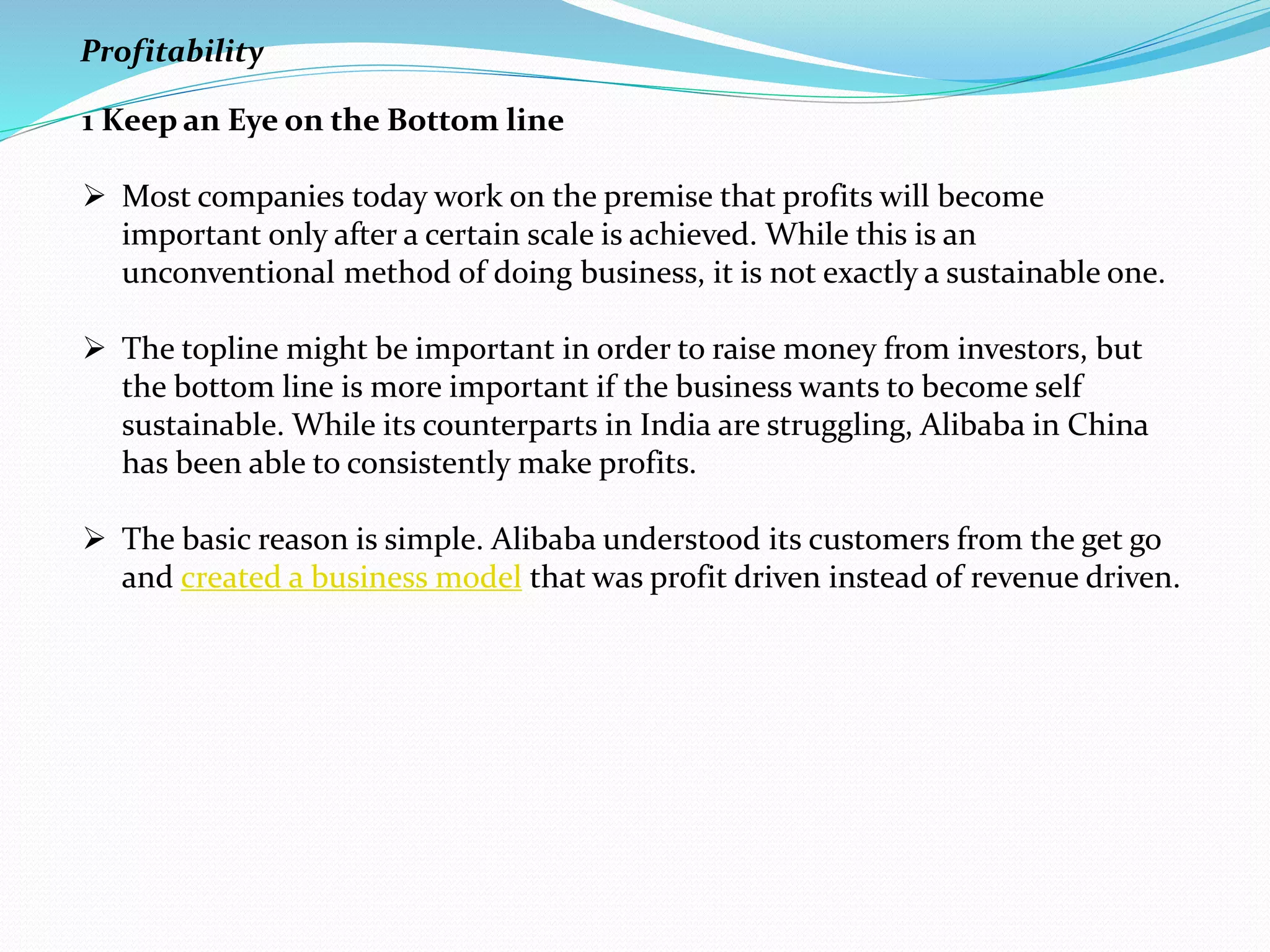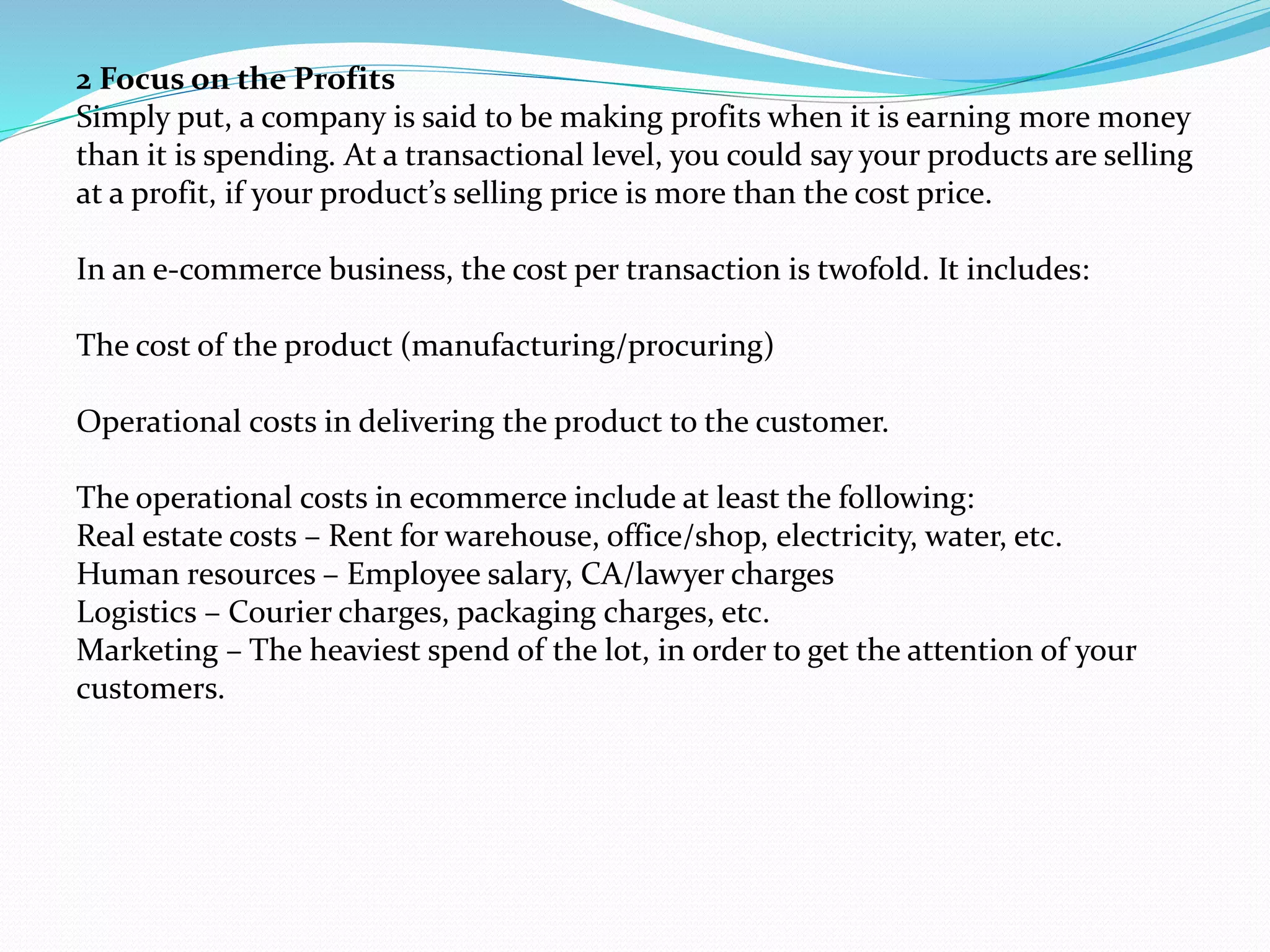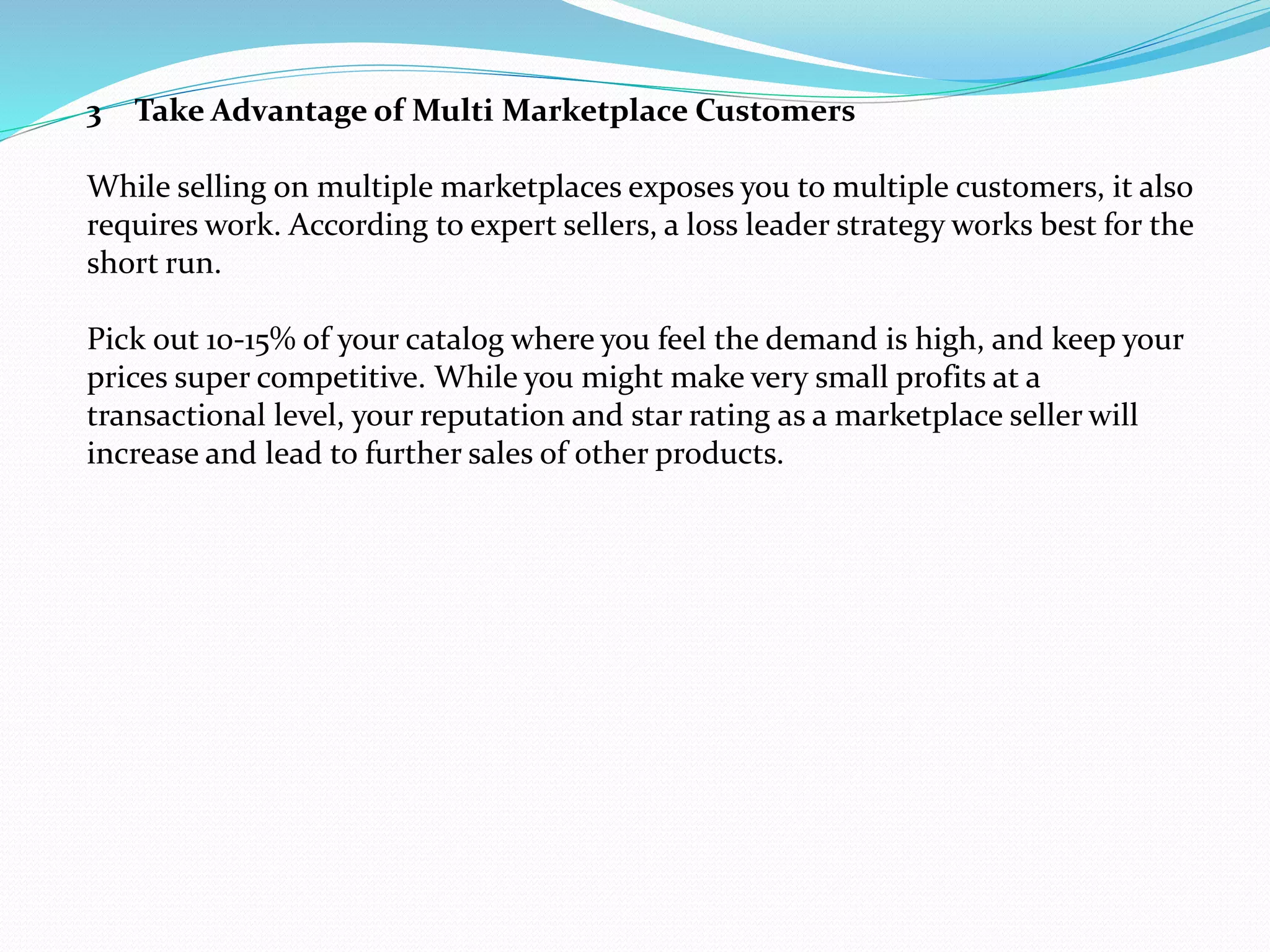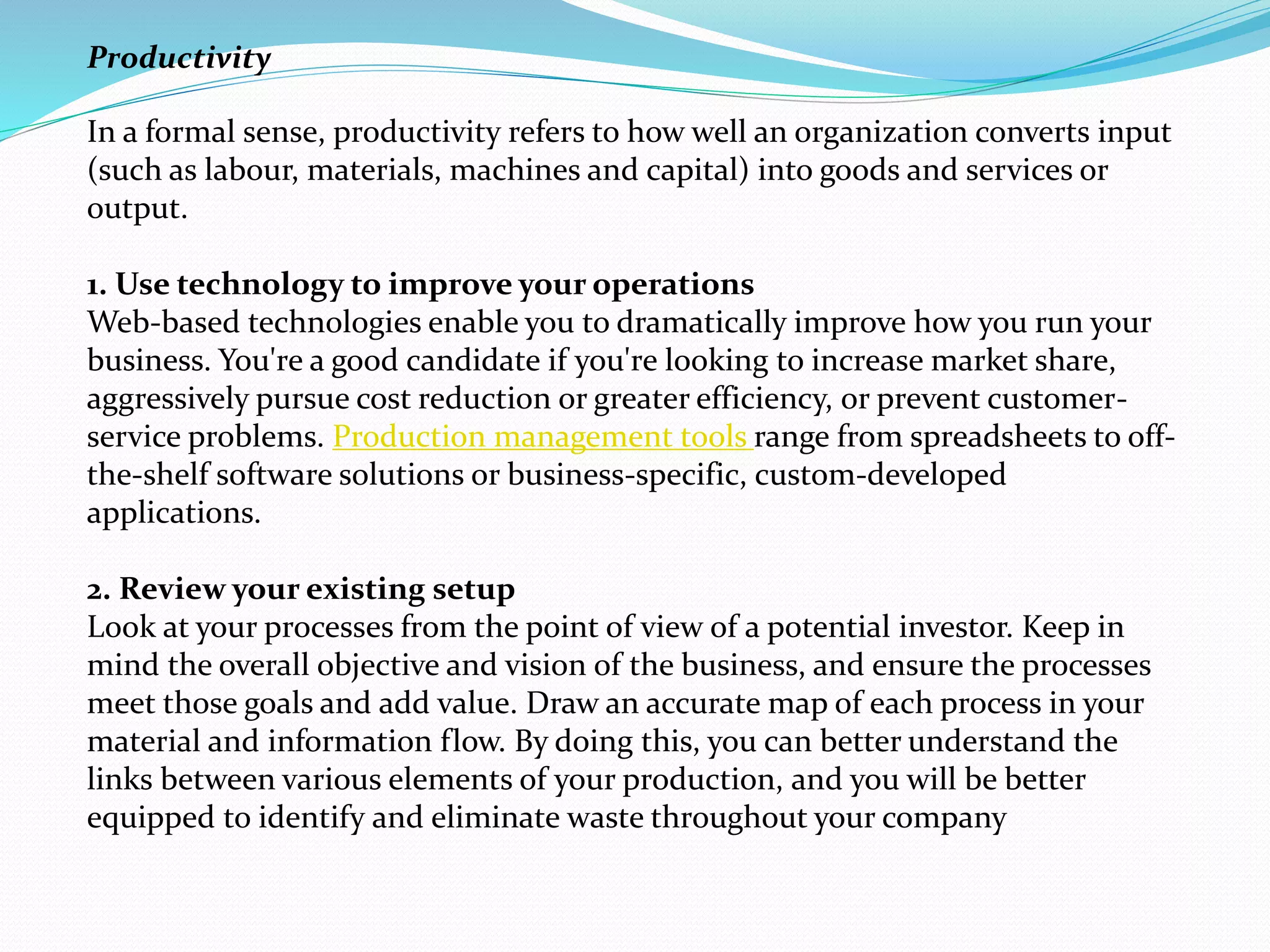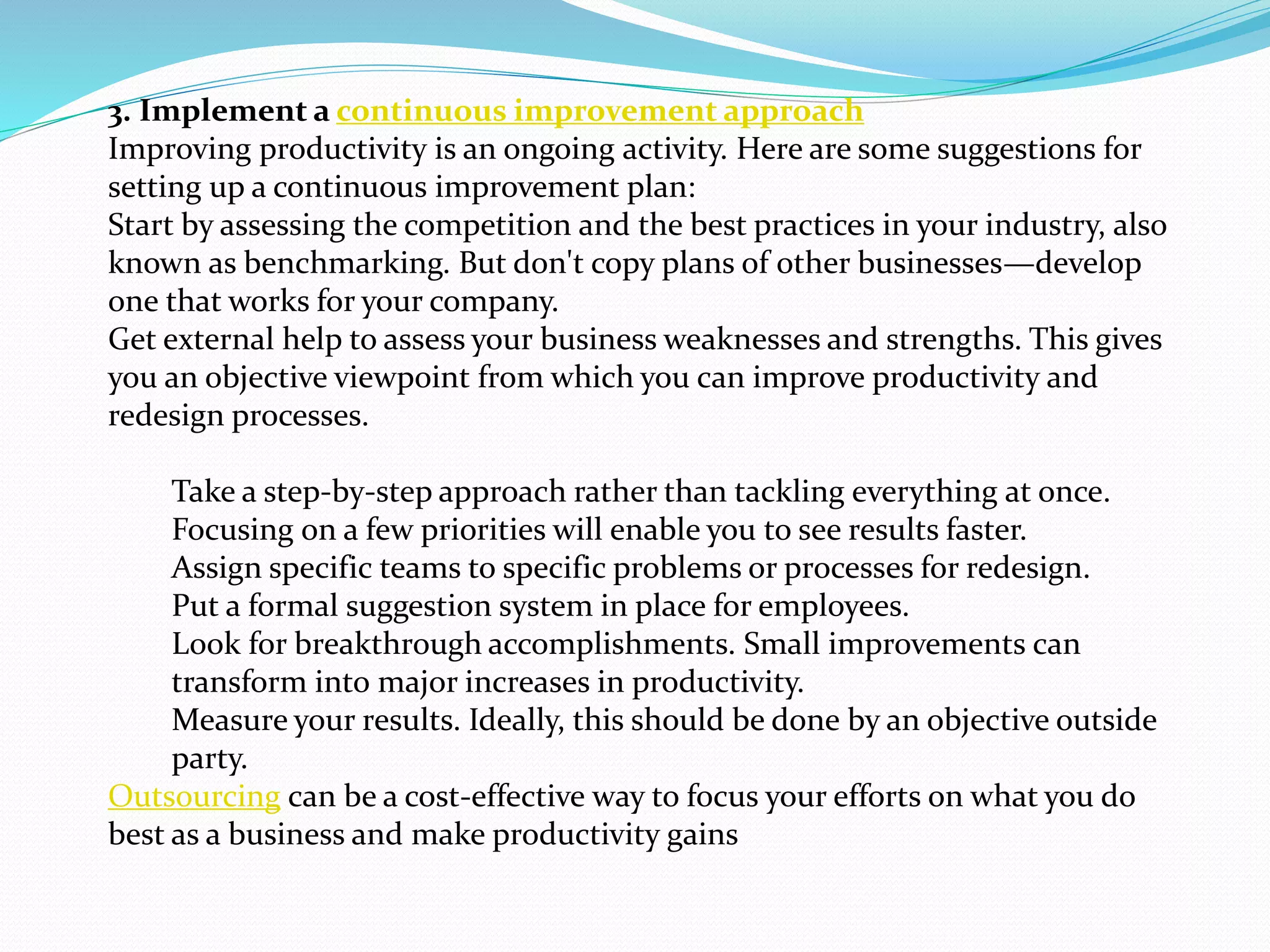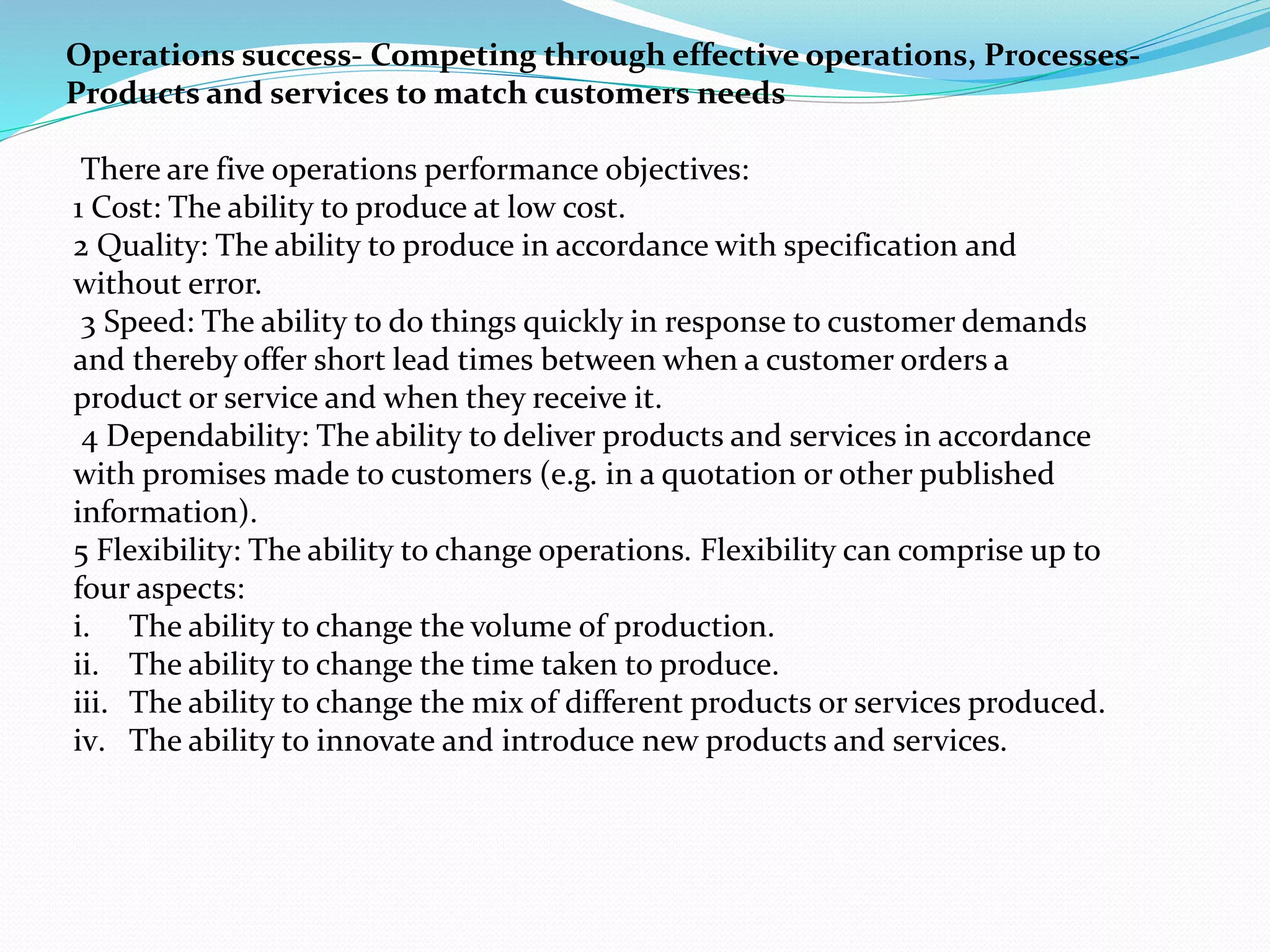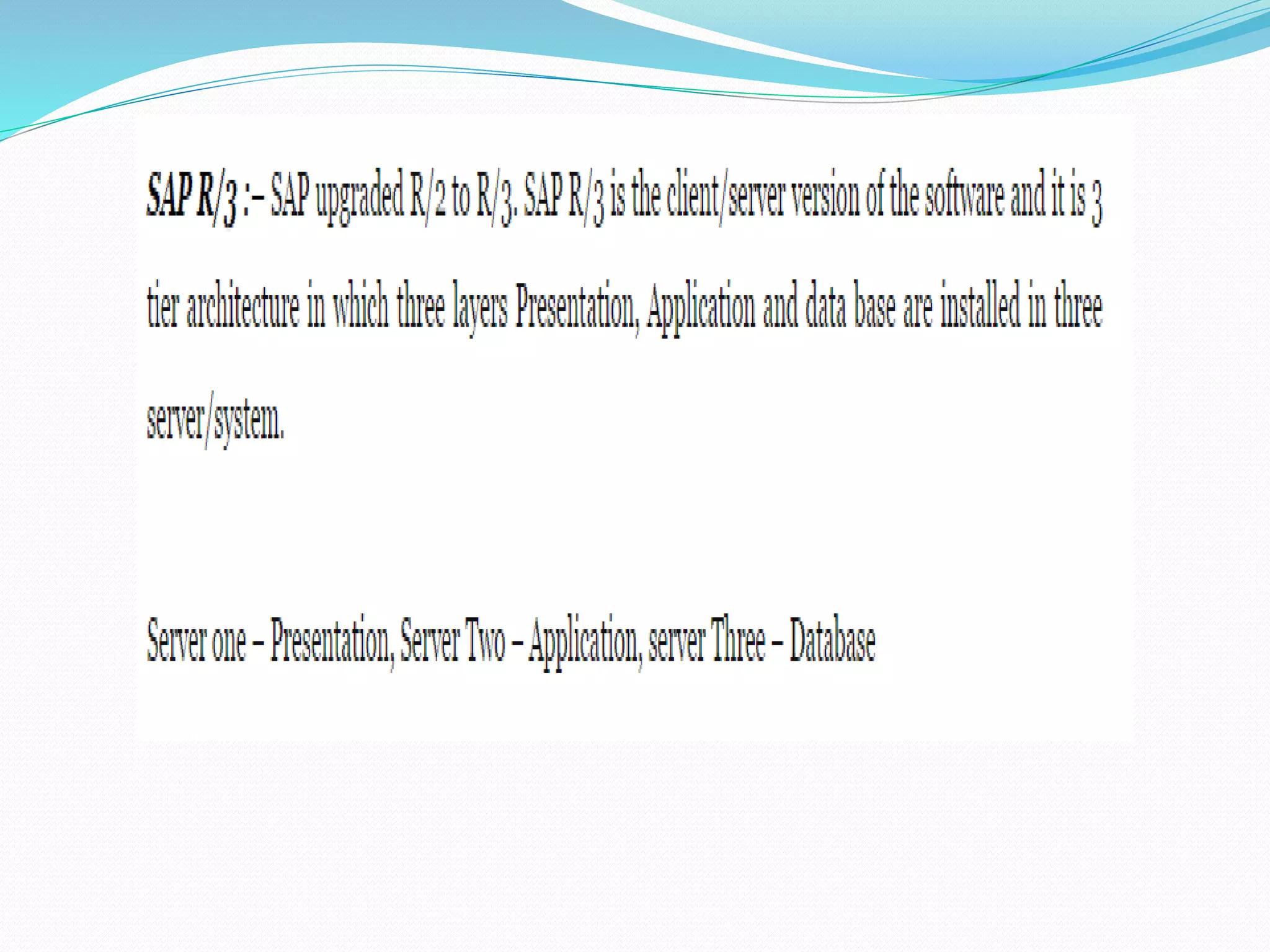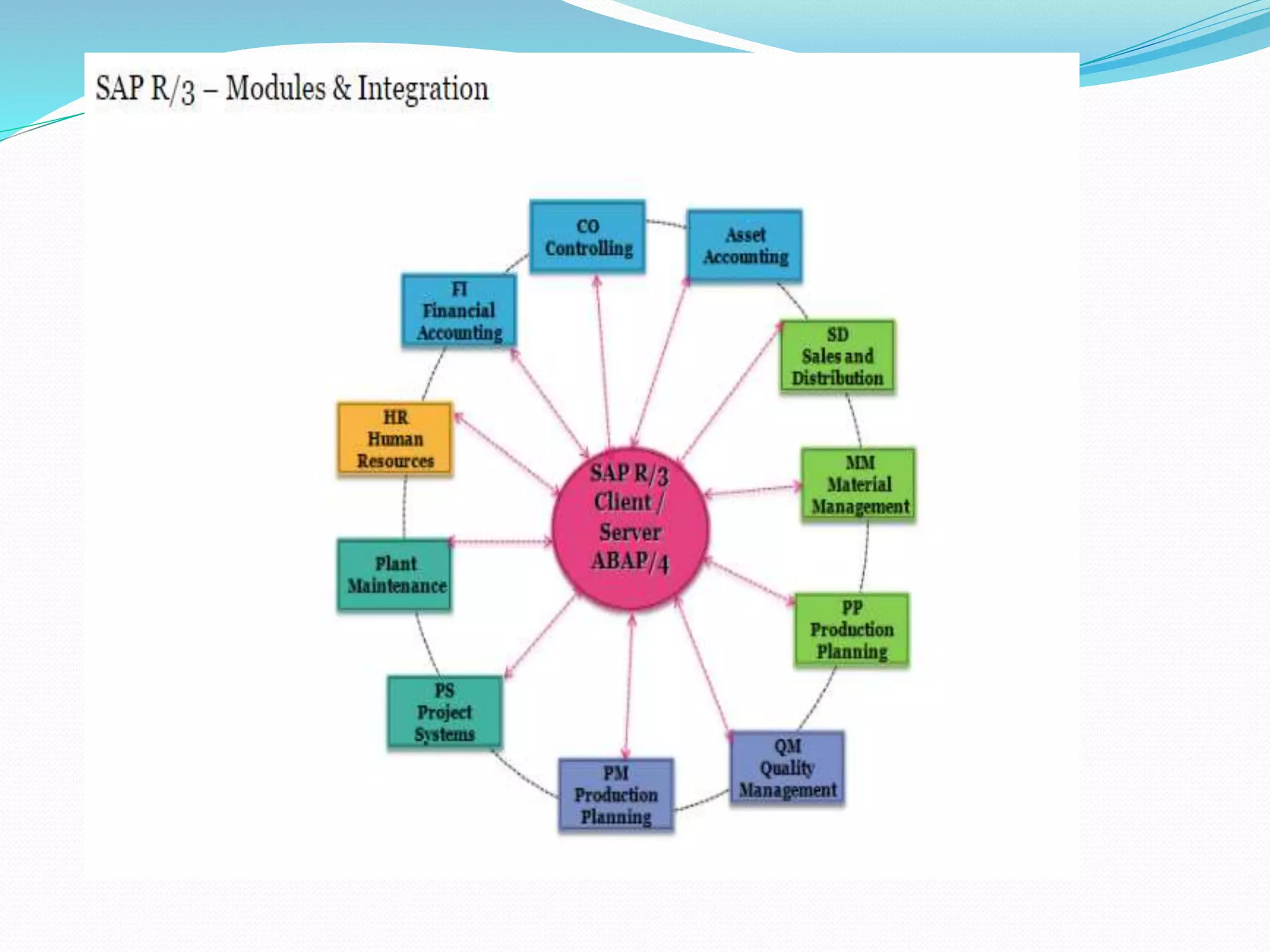The document discusses factors that affect business competitiveness and productivity. It states that competitiveness is a multidimensional concept that involves generating competitive advantages through assets, capabilities, processes, knowledge and implementing strategies to improve efficiency and effectiveness. Productivity refers to how well a business converts inputs like labor, materials and capital into outputs like goods and services. Some ways to improve productivity mentioned include using technology to improve operations, reviewing processes, and implementing continuous improvement approaches. The key operations performance objectives for businesses are listed as low cost, high quality, speed, dependability and flexibility.
